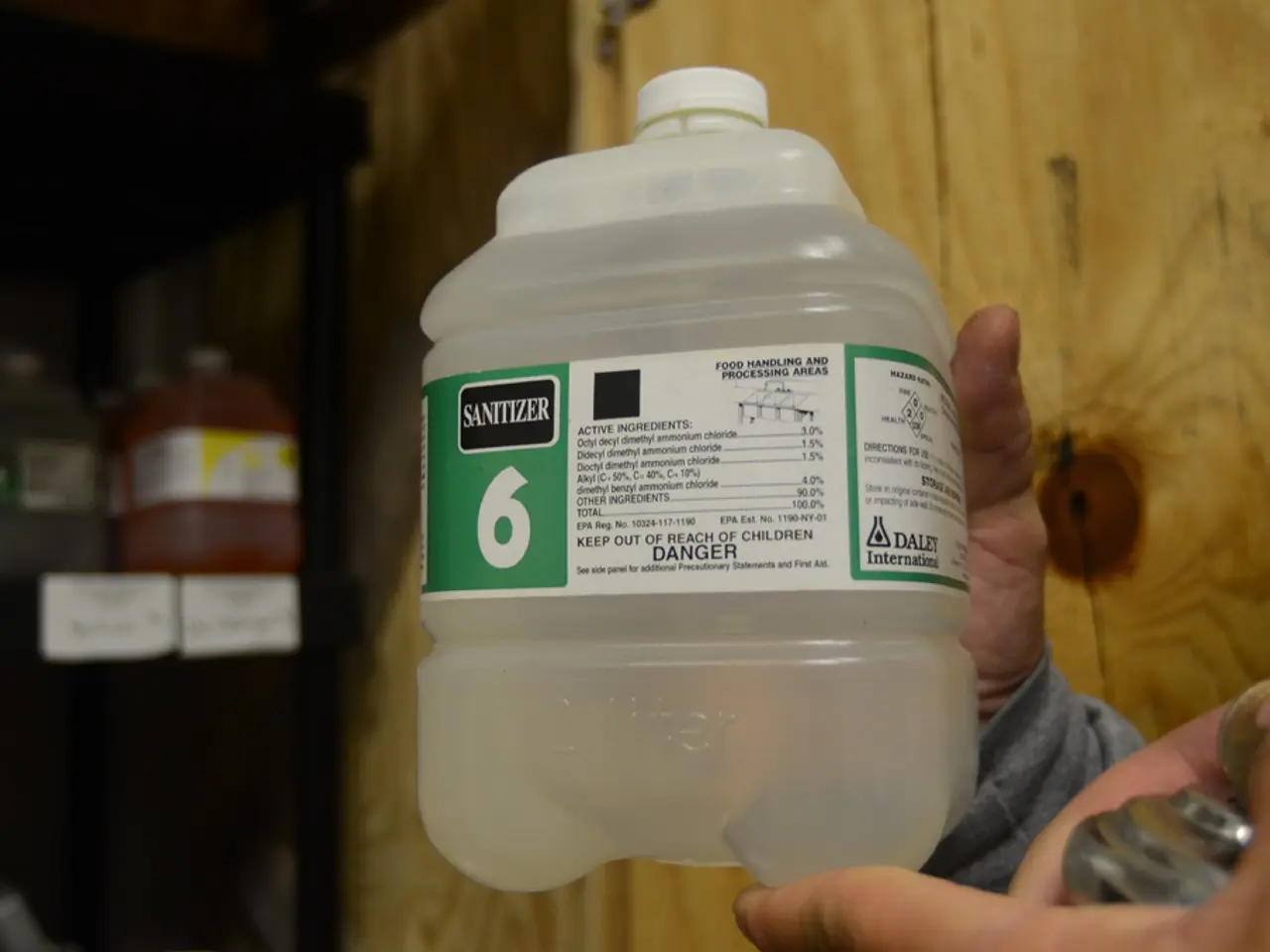Surgical Reduction of Breasts: Procedural Details, Healing Process, and potential Hazards
Breast reduction surgery, also known as reduction mammoplasty, is a medical procedure that reduces the overall size of a person's breasts. This popular cosmetic surgery is performed for both males and females, offering relief for those struggling with the physical and psychological discomfort caused by overly large breasts.
The surgery is typically carried out under general anaesthesia, and people should expect to avoid heavy lifting for several weeks or until their doctor removes their sutures. After the procedure, the surgeon or a nurse will wrap the breasts in gauze bandages and may insert small tubes into the breasts to drain excess fluid and reduce swelling.
While breast reduction surgery is generally safe, it does carry several common risks and complications typical of surgical procedures, as well as some specific to this type of operation. Postoperative infections and hematoma (blood pooling under the skin) can develop after surgery, requiring medical management. Visible scars are inevitable after breast reduction, and while they usually fade, some patients may experience more prominent or thickened (hypertrophic) scars.
Altered or reduced sensation in the nipples or breasts may occur, which can be temporary or sometimes permanent. Differences in breast size or shape after surgery are possible and may sometimes require revision surgery. Pain and tenderness are common, typically manageable with prescribed pain medication. Future breastfeeding difficulties may arise, particularly for females, due to changes in breast tissue and ducts.
Swelling and bruising are expected after surgery and usually resolve over time, often managed by wearing a compression bra. In some cases, such as juvenile gigantomastia or gynecomastia, there may be a significant risk of breast tissue regrowth leading to the return of symptoms.
Careful surgical planning, patient counseling, and postoperative follow-up are essential to minimise and manage these complications effectively for both males and females. Overall postoperative complication rates have been reported around 17.5% in adolescents, with a recurrence rate of about 15.6%.
Complication rates can vary by population but are generally low; one large study found an overall adverse event rate of 6.3%, with some racial differences in complication types.
For males, the risks such as infection, hematoma, scarring, and altered sensation apply similarly in male breast reduction (gynecomastia surgery). Male breast reduction aims to remove any excess fatty or glandular tissue to achieve a flatter, firmer-looking chest. The procedure can involve liposuction, excision, or a combination of the two.
People undergoing breast reduction surgery will receive specific postoperative instructions that cover medication, scar reduction, and infection prevention. Smoking can increase the risk of complications and delay the healing process, so it is advisable to quit smoking before and after the surgery.
A doctor will first determine whether someone is a candidate for the surgery, which may include a routine breast examination, a mammogram, a review of a person's medical history, urine, blood, and other lab tests. Insurance companies may partially or completely cover the cost of breast reduction surgery if a person needs it to relieve chronic pain or other medical problems. People should contact their insurance company to inquire about coverage.
Breast reduction surgery can help improve people's physical and psychological well-being by alleviating pain, improving posture, and boosting self-confidence. It is one of the most common cosmetic procedures, according to the authors of a study.
- Breast reduction surgery, also known as breastcosmeticsurgery, is performed for both mens and womens, offering relief from physical and psychological discomfort caused by overly large breasts.
- In some cases, like mens-health issues such as gynecomastia, there may be a significant risk of breast tissue regrowth leading to the return of symptoms.
- After breast reduction surgery, charting a path to health-and-wellness typically includes avoiding heavy lifting for several weeks, adhering to specific postoperative instructions, and quitting smoking to minimize complications.
- Altered or reduced sensation in the nipples or breasts, differences in breast size or shape, and pain and tenderness are common post-surgery complications, which can sometimes be permanent or require revision surgery.
- Chronic diseases and chronic pain may lead insurance companies to partially or completely cover the cost of breast reduction surgery.
- The study suggests that breast reduction surgery improves people's physicial and psychological well-being by alleviating pain, improving posture, and boosting self-confidence, making it one of the most common cosmetic procedures.




